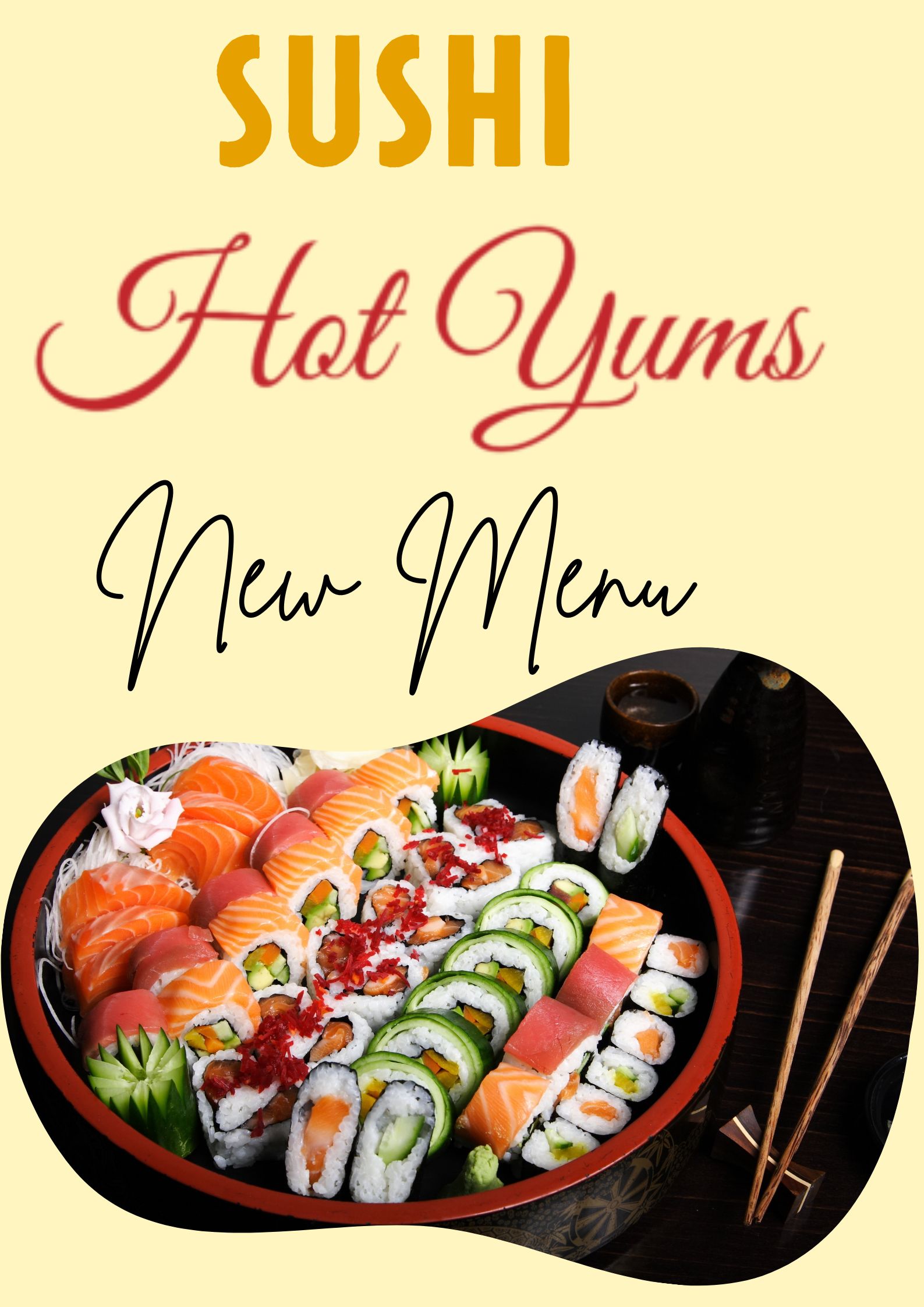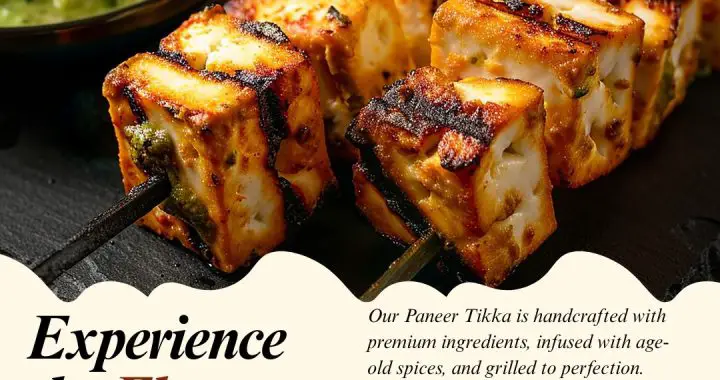Best sushi


🍣 Ultimate Guide: Discover the Best Sushi in 2025
Introduction
you may also like
Sushi has captivated taste buds around the world with its elegant presentation, Best sushi diverse flavors, and deep-rooted cultural significance. Whether you’re a sushi enthusiast or a curious foodie, this guide dives into what makes sushi truly exceptional—from the freshest ingredients and timeless preparation techniques to the best types and tips for enjoying every bite.
Table of Contents
- What Is Sushi?
- Ingredients Matter: Rice, Fish & More
- Popular Sushi Styles (with Examples)
- Regional Variations Around the World
- How to Choose the Restaurant
- Sushi Etiquette: Do’s and Don’ts
- Health Benefits of Sushi
- Sushi at Home: DIY Tips
- Sustainable Seafood & Responsible Consumption
- Conclusion + FAQ
1. What Is Sushi?
“Sushi” refers to seasoned rice combined with fillings or toppings, not just raw fish. The foundations lie in:
- Sushi Rice (Shari): Short-grain Japanese rice seasoned with vinegar, sugar, and salt.
- Fillings/Toppings (Neta): Ranges from raw seafood to cooked proteins, vegetables, or even tropical fruits.
- Seaweed (Nori): Used in rolls (maki) to wrap rice and fillings.
- Style Variations: Includes nigiri (rice topped with neta), maki (rolls), sashimi (sliced fish only), and more.
Understanding the distinction between rice, fish, and seaweed helps you appreciate why high-quality sushi is more than meets the eye.

2. Ingredients Matter: Rice, Fish & More
A. Sushi Rice
The heart of every sushi. Premium rice grains should be slightly sticky but still separate when bitten. Sushi vinegar is key: traditionally brewed rice vinegar brings balance and a mild tang.
B. Seafood & Fillings
- Tuna (Maguro): Popular as akami (lean) or chu-toro/otoro (medium/fatty belly).
- Salmon (Sake): Rich, buttery, and melt-in-your-mouth; often served raw or smoked.
- Yellowtail (Hamachi): Clean, slightly sweet flavor; best when fresh.
- Eel (Unagi/Anago): Cooked with sweet soy glaze—offer contrasting textures.
- Shrimp, Octopus, Scallops, Sea Urchin: Each offers unique textures and taste profiles.
C. Condiments & Garnishes
- Wasabi: Adds spice and antibacterial benefits.
- Pickled Ginger (Gari): Cleanses the palate between bites.
- Soy Sauce: Use sparingly—dip fish side, not rice, to preserve balance.
3. Popular Sushi Styles (with Examples)
3.1 Nigiri
Hand-pressed rice ball with a thin slice of neta. Simplicity speaks volumes—let the fish shine.
3.2 Sashimi
Only high-quality fish sliced thin. No rice. Pure seafood flavor experience.
3.3 Maki (Rolls)
- Hosomaki: Thin rolls, one filling (e.g., cucumber roll).
- Futomaki: Thick rolls with multiple fillings; festive.
- Uramaki: Inside-out rolls; rice on the outside. Think California Roll.
3.4 Temaki (Hand Rolls)
Cone-shaped rolls eaten like ice cream. Perfect finger food.
3.5 Chirashi
Rice bowl topped generously with assorted sashimi. A filling, customizable option.
3.6 Specialty Rolls
Creative, often elaborate rolls that fuse flavors, textures, and sauces.
4. Regional Variations Around the World
- Tokyo (Edo-mae) Style: Tight rice bites, gentle vinegar, accent on tuna and whitefish.
- Osaka Style: Emphasizes pressed sushi (oshizushi).
- Hokkaido: Focus on uni (sea urchin) and ikura (salmon roe).
- West Coast USA: Bolder flavors, avocado, cream cheese, fusion rolls.
- Europe & Middle East: Adopt local produce—beetroot, mango, halal fish.
5. How to Choose the Best Sushies Restaurant
- Fish Freshness: Smell the place—should not smell “fishy.”
- Rice Quality: Not too mushy or cold; slight vinegar tang.
- Chef Expertise: Look for a trained itamae (sushi chef).
- Presentation: Clean, artful plating is a good sign.
- Menu Approach: Omakase (chef’s choice) offers curated experience.
- Customer Reviews: Check recent local reviews—Google, TripAdvisor, Yelp.
6. Sushi Etiquette: Do’s and Don’ts
✔️ Do:
- Eat nigiri in one bite.
- Dip fish—not rice—in soy sauce.
- Cleanse your palate with ginger (between bites).
- Sip warm sake or green tea.
❌ Don’t:
- Mix wasabi into soy sauce.
- Rub chopsticks together—they’re usually disposable.
- Leave rice uneaten—mindful eating matters.
7. Health Benefits of Sushi
- High in Protein & Omega‑3s: Tuna, salmon, and mackerel boost heart health.
- Low Calorie: Fresh fish and vegetables—great for balanced diets.
- Seaweed Benefits: Iodine, magnesium, vitamins A & K from nori.
- Probiotic Rice: Naturally fermented with vinegar—may promote gut health.
⚠️ Moderation Alert:
- Watch sodium from soy sauce.
- Limit raw fish if pregnant or immunocompromised.
- Know allergy sensitivities (e.g., shellfish).
8. Sushi at Home: DIY Tips
- Rice: Use Japanese short-grain rice and adjust vinegar ratio.
- Fish: Buy sashimi-grade from trusted fish markets or suppliers.
- Prep Area: Keep surfaces and hands very clean.
- Tools: Bamboo rolling mat, sharp sushi knife (preferably yanagi), rice paddle.
- Practice makes perfect: Start with hosomaki before moving to nigiri or specialty rolls.
9. Sustainable Seafood & Responsible Consumption
Choosing eco-friendly sushi protects the oceans. Look for MSC, Seafood Watch, Blue Ocean Institute certifications.
- Good Choices: Alaskan salmon, farmed mussels, Pacific halibut.
- Avoid Overfished Species: Bluefin tuna, wild Atlantic salmon, certain eel species.
Suggested WordPress Enhancements
- Featured Image: Photo of a colorful sushi platter.
- SEO Meta: Title: Guide 2025 • Types, Tips & Where to Eat”
- Meta Description: “Discover the best sushi types, etiquette, health benefits, sustainability tips and where to find amazing sushi in 2025.”
- Alt Texts: Use for images like “Nigiri sushi pieces” or “Chef preparing hand roll.”
- Internal Links: Link to your own seafood recipes or restaurant reviews.
- Schema Markup: Add FAQ schema block using WP SEO plugin to appear in rich search results.

 Delicious Shahi Paneer
Delicious Shahi Paneer  Butter Chicken curry
Butter Chicken curry  Grilled Paneer Tikka
Grilled Paneer Tikka  Simple Fruit Salad Recipe
Simple Fruit Salad Recipe  Juicy Tender beef steak
Juicy Tender beef steak  Kadhi Pakora: A Palate-Pleasing Dance of Flavor and Texture
Kadhi Pakora: A Palate-Pleasing Dance of Flavor and Texture